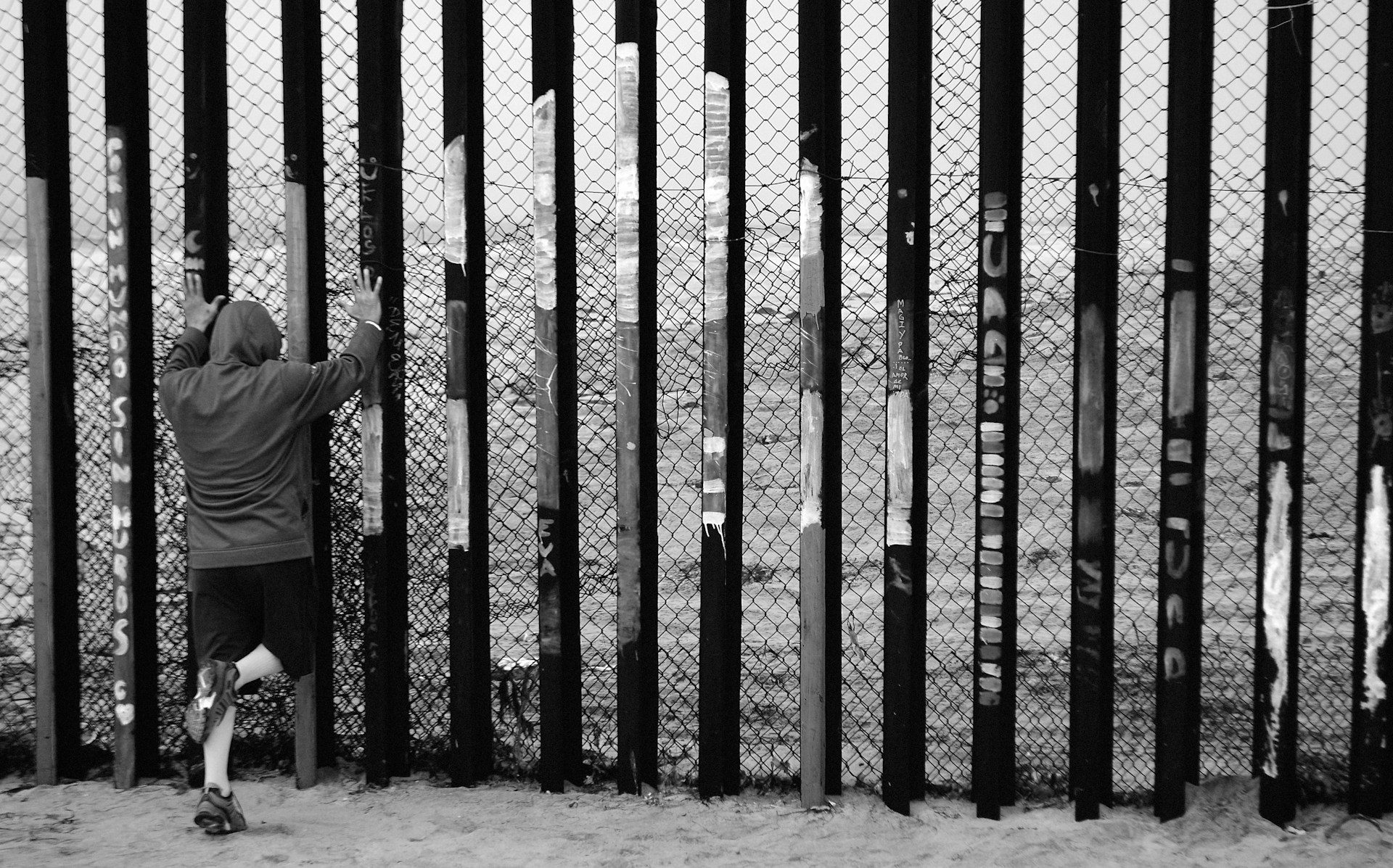
Alone and Exploited, Migrant Children Work Brutal Jobs Across the U.S.
It was almost midnight in Grand Rapids, Mich., but inside the factory everything was bright. A conveyor belt carried bags of Cheerios past a cluster of young workers. One was 15-year-old Carolina Yoc, who came to the United States on her own last year to live with a relative she had never met.
About every 10 seconds, she stuffed a sealed plastic bag of cereal into a passing yellow carton. It could be dangerous work, with fast-moving pulleys and gears that had torn off fingers and ripped open a woman’s scalp.
The factory was full of underage workers like Carolina, who had crossed the Southern border by themselves and were now spending late hours bent over hazardous machinery, in violation of child labor laws. At nearby plants, other children were tending giant ovens to make Chewy and Nature Valley granola bars and packing bags of Lucky Charms and Cheetos — all of them working for the processing giant Hearthside Food Solutions, which would ship these products around the country.
“Sometimes I get tired and feel sick,” Carolina said after a shift in November. Her stomach often hurt, and she was unsure if that was because of the lack of sleep, the stress from the incessant roar of the machines, or the worries she had for herself and her family in Guatemala. “But I’m getting used to it.”
